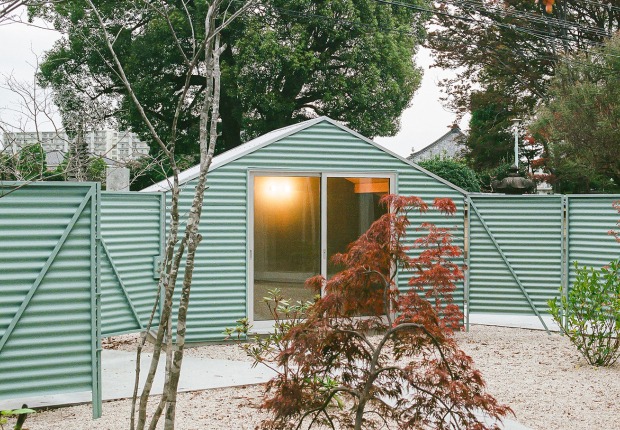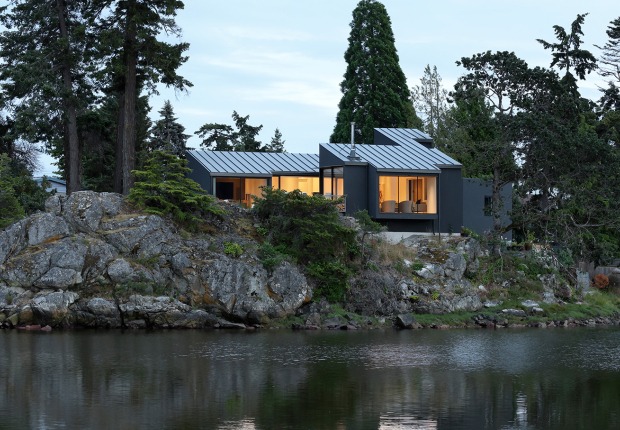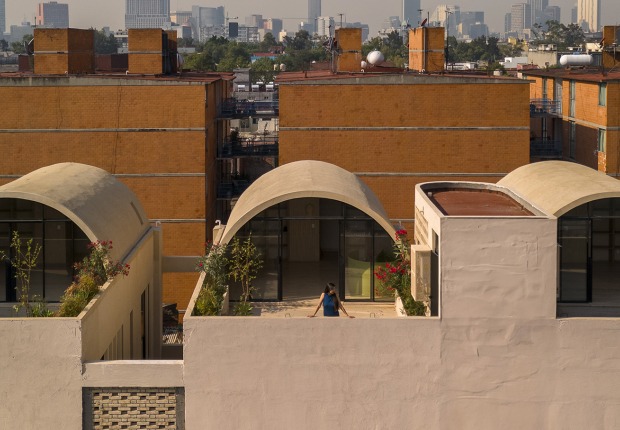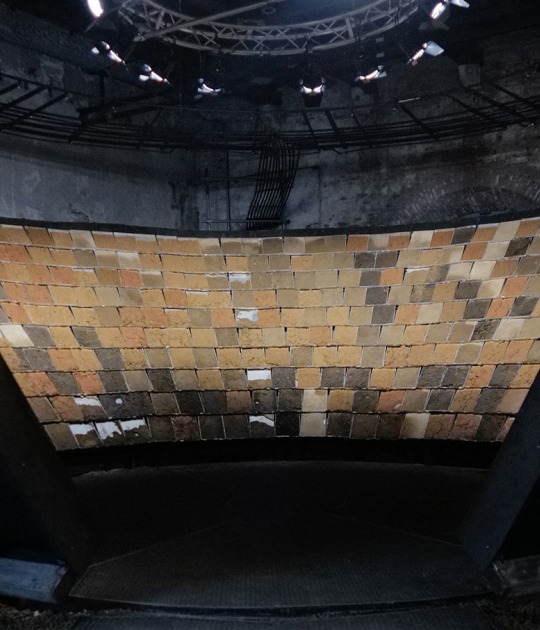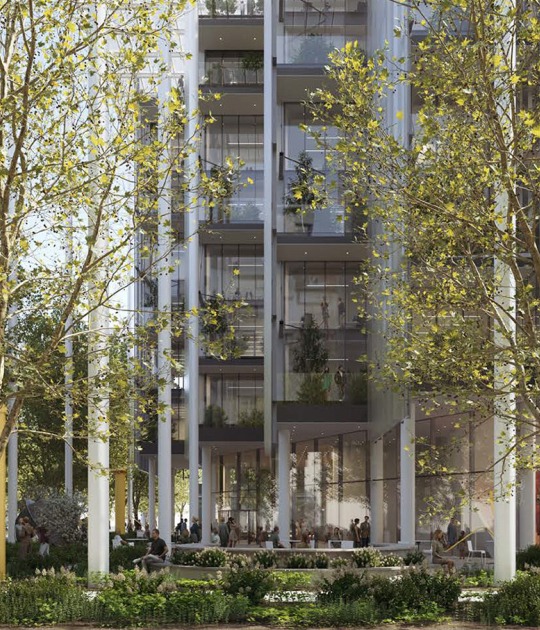"My mural which I am painting now—it is about the marriage of the artistic expression of the North and of the South on this continent, that is all. I believe in order to make an American art, a real American art, this will be necessary, this blending of the art of the Indian, the Mexican, the Eskimo, with the kind of urge which makes the machine, the invention in the material side of life, which is also an artistic urge, the same urge primarily but in a different form of expression."
At the invitation of noted architect Timothy Pflueger, Vice Chair, Fine Arts Committee, Diego Rivera came to San Francisco to participate in the Art in Action program in the Hall of Fine and Decorative Arts during the 1940 season of the Golden Gate International Exposition on Treasure Island. Fairgoers were invited to watch artists create work in a Pan Am Clipper airplane hangar converted into an artist studio and gallery. Rivera and his assistants began work in June 1940 and completed the mural in December, two months after the close of the Exposition. Over 30,000 visitors viewed the mural during a preview and a public viewing.
The History of Pan American Unity
Pflueger was at the same time working to build the campus of San Francisco Junior College (now City College of San Francisco). Together he and Rivera agreed that the mural would be permanently displayed at a new Grand Library on the college’s campus, where Rivera would work in view of the public to triple the size of the mural. However, due to the ban on non-essential construction during WWII and the unexpected death of Pflueger, the proposed Grand Library was never constructed. In addition, during the McCarthy era of the 1950s, controversy regarding Rivera’s communist politics further delayed installation of the fresco at the college. However, Milton Pflueger, Timothy Pflueger’s brother, proposed to the San Francisco School Board that the mural be installed in the foyer of the college’s new performing arts theater. He redesigned the lobby and installed the mural, making it accessible to the public in 1961. The building was renamed the Diego Rivera Theater in honor of the artist in 1993.
Content and Themes
“For years I have felt that the real art of the Americas must come as a result of the fusion of the machinism and new creative power of the north with the tradition rooted in the soil of the south, the Toltecs, Tarascans, Mayas, Incas, etc., and would like to choose that as the subject of my mural.”
Diego Rivera in a letter to Timothy Pflueger, April 1940
Using fresco techniques in the manner of Italian Renaissance painters, but updating its themes and reimagining its social function, Rivera created ten steel-framed panels allowing individual sections to be transported and relocated. Four panels on the lower row are discrete scenes, with the top five panels and the lower center panel forming a continuous view featuring one of Rivera’s most dynamic montage narratives.
“My mural will picture the fusion between the great past of the Latin American lands, as it is deeply rooted in the soil, and the high mechanical developments of the United States,” described Rivera. Pan American Unity is a sweeping panorama of the Bay Area that merges with generalized reference to the pre-Conquest cities of the Valley of Mexico City (left side) and other scenes of Northern California (right side). Rivera’s imagery extends from ancient civilizations (Toltec, Aztec) to Bay Area architectural icons (the Golden Gate Bridge, 450 Sutter, 140 Montgomery St, Alcatraz). Rivera also incorporated topical events, as well as references to his previous murals and artworks. He used scenes from Hollywood movies such as The Great Dictator, Confessions of a Nazi Spy and All Quiet on the Western Front to attack the tyranny of the World War II Axis powers and subtly encourage the United States to join the war against Germany.
The mural centers on a binational “deity” that combines the Aztec earth goddess Coatlicue with a modern machine. Around this symbol of ancient-modern/North-South, he depicts numerous notable contemporary and historical figures from across the continent and across time: inventors and their inventions (the 15th century Texcoco king Nezahualcóyotl as well as Samuel Morse, Robert Fulton, Henry Ford), political figures both heroic and demonic (Thomas Jefferson, Abraham Lincoln, Simón Bolívar, Miguel Hidalgo y Costilla, Joseph Stalin, Benito Mussolini and Adolf Hitler), artists and architects (Frida Kahlo, sculptors Mardonio Magana and Dudley Carter, architects Timothy Pflueger and Frank Lloyd Wright, and Rivera himself) and actors including Paulette Goddard, Charlie Chaplin and Edward G. Robinson. The mural also features a cross section of ancient and everyday people including athletes, scientists, artisans and Rivera’s assistants and visitors he met while at the GGIE.




